MASH: A Leading Cause of Liver-Related Mortality
Metabolic dysfunction-associated steatohepatitis (MASH), a serious liver disease, is a leading cause of liver-related mortality and an increasing burden on healthcare systems globally.
Bruce, patient advocate
What is MASH?
Metabolic dysfunction-associated steatohepatitis (MASH), formerly known as nonalcoholic steatohepatitis (NASH), is a serious liver disease that can progress to cirrhosis, liver failure, need for liver transplantation and premature mortality. MASH is the leading cause of liver transplants among women in the U.S. and is projected to soon become the leading cause for all liver transplantation.
Once patients progress to MASH with moderate to advanced liver fibrosis (consistent with stages F2 to F3 fibrosis), the risk of adverse liver outcomes increases dramatically: these patients have 10-17 times higher risk of liver-related mortality as compared to patients without fibrosis. Those who progress to cirrhosis (F4) face a 42 times higher risk of liver-related mortality compared to patients without fibrosis, underscoring the need to treat MASH before complications of cirrhosis develop.
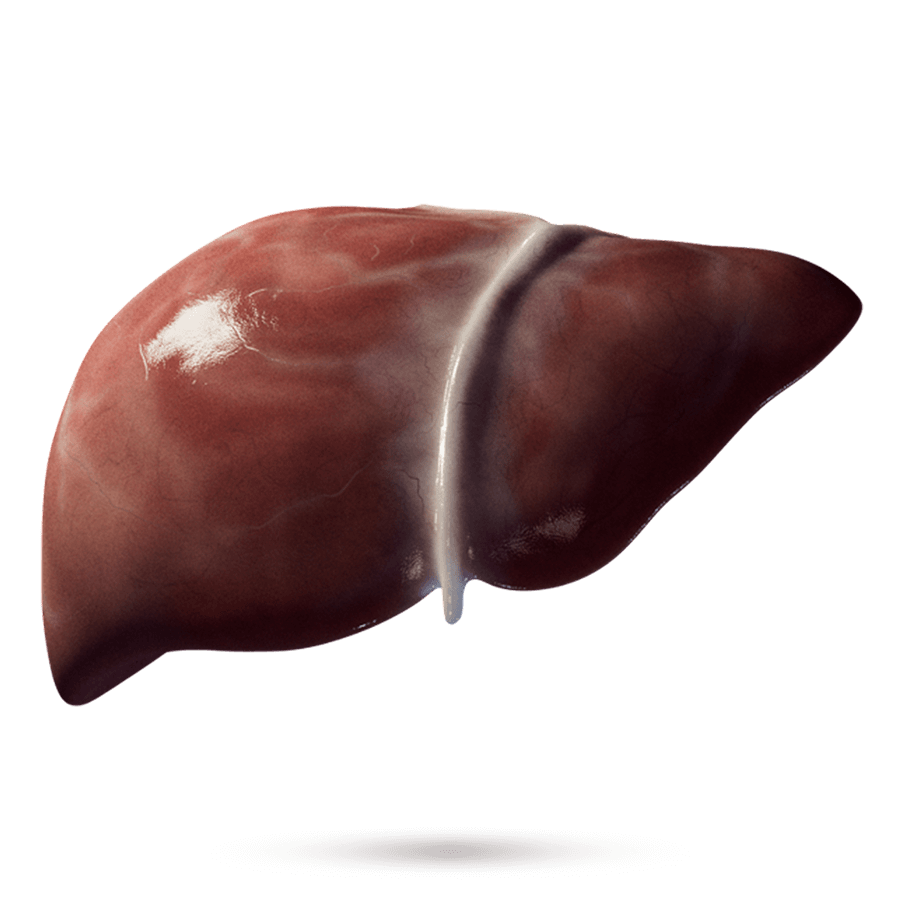
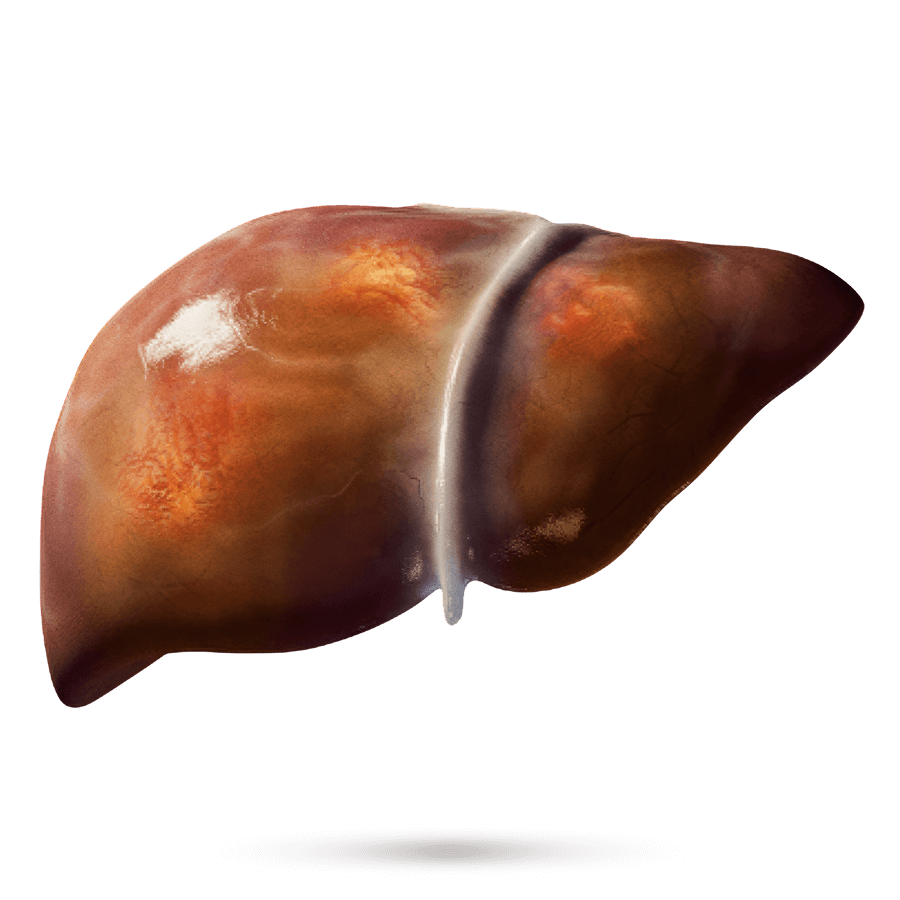
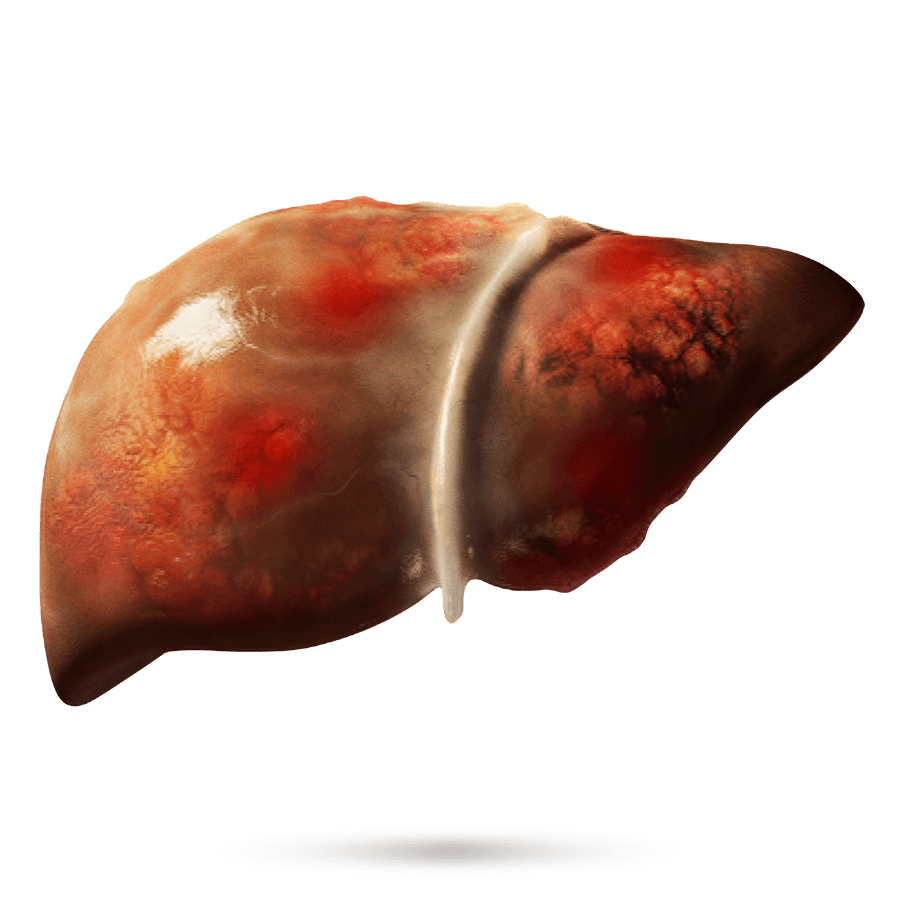
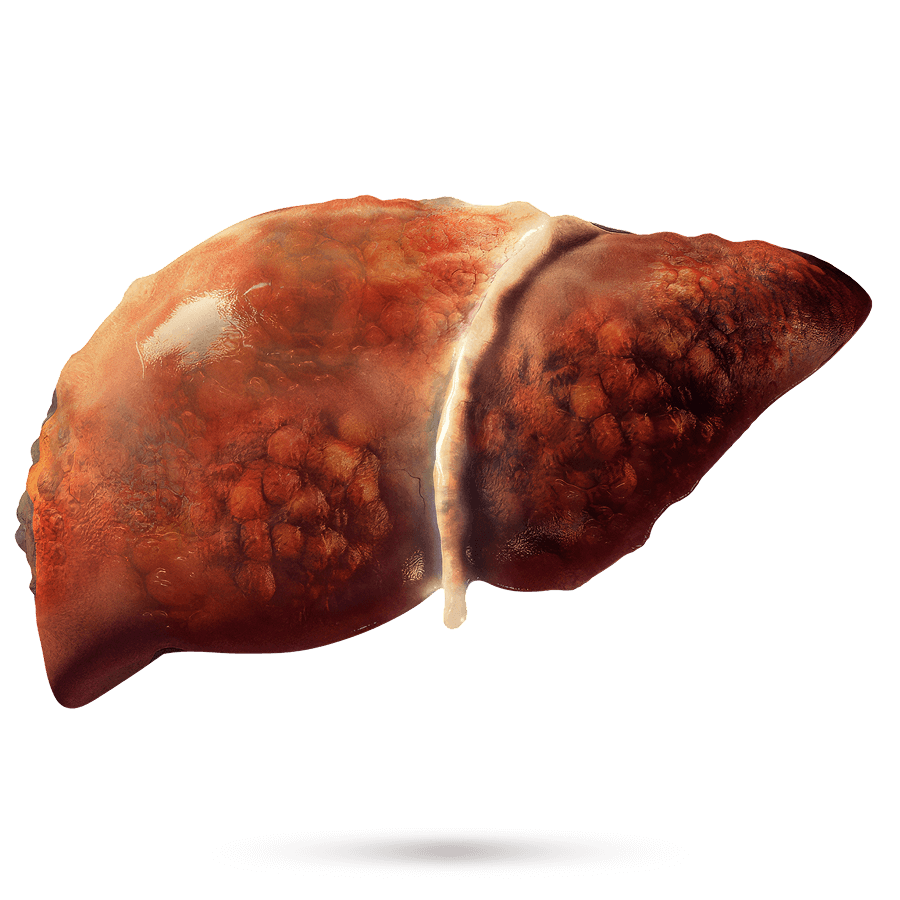

Fibrosis Progression is Unpredictable
MASH is a progressive disease which all too often goes undiagnosed. MASH patients with fibrosis require prompt identification and management due to the increased risks of progression and potentially serious health consequences.
1 in 5
people with MASH and advanced liver scarring will develop cirrhosis, which can happen in as little as 2 years.
1 in 3
MASH patients with well-compensated cirrhosis progress to decompensated liver disease or liver transplant within 4 years.
1 in 8
people with MASH and cirrhosis will develop liver cancer in less than 4 years – which can also occur in people who have MASH without cirrhosis.
MASH or NASH?
In 2023, global liver disease medical societies and patient groups came together to rename the disease, with the goal of establishing an affirmative, non-stigmatizing name and diagnosis. Nonalcoholic fatty liver disease (NAFLD) was renamed metabolic dysfunction-associated steatotic liver disease (MASLD), NASH was renamed MASH, and an overarching term, steatotic liver disease (SLD), was established to capture multiple types of liver diseases associated with fat buildup in the liver.
MASH Resources
Learn more about MASH risk factors, screening for liver disease and resources available for people impacted by MASH.
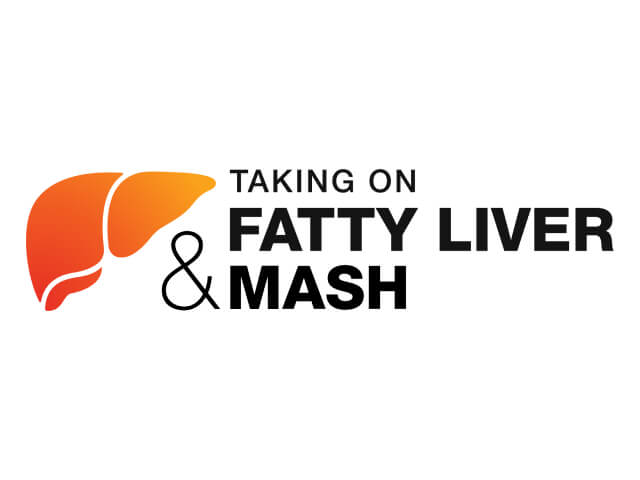
Disease Education for Patients
Learn more about fatty liver disease and MASH and get support and additional resources.

Disease Education for Healthcare Professionals
Educational resources for healthcare professionals in the U.S.

Find a Doctor
Connect with a liver specialist who can help diagnose and manage MASH.
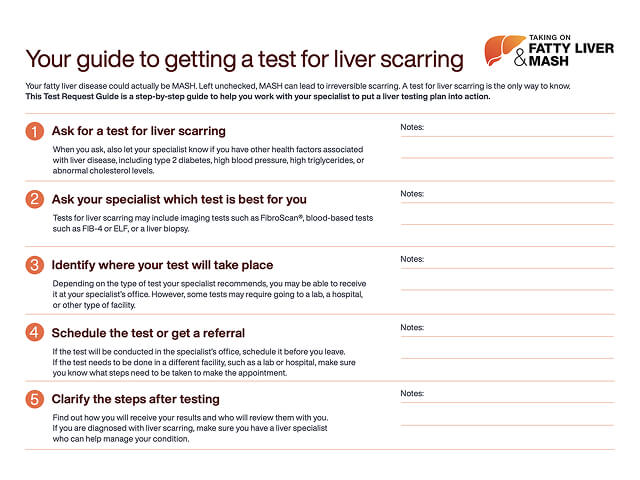
Questions to Ask Your Doctor
If you have MASH or suspect you may be at risk, these questions can help you have that important conversation with your doctor.

Hear from Real Patients
Attend a free educational webinar to hear from real people living with MASH and a nurse educator.

Be Your Liver’s #1 Fan
Inspired by real stories of people living with MASH, discover how you can take control of your liver health.
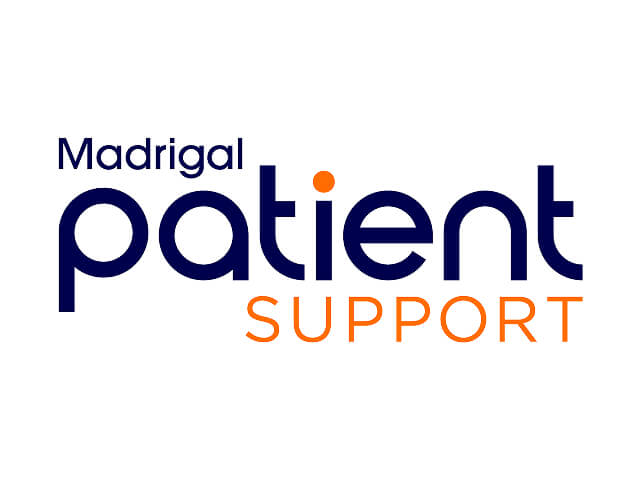
Get Support with Our Medication
Support for our patients along every step of their journey
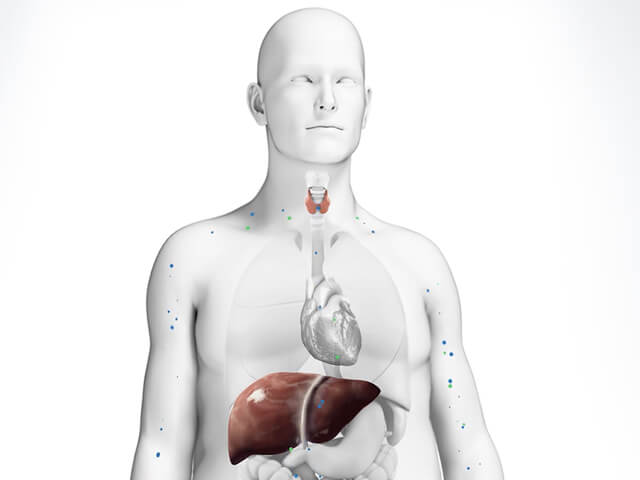
Connect with Madrigal’s Medical Team
Madrigal Medical Affairs resources and information for healthcare professionals

Join Our Community for Healthcare Professionals
Community-based learning platform for healthcare professionals
Novel Treatment for MASH
Learn more about Madrigal’s U.S. FDA-approved treatment for adults with MASH.

References
Younossi ZM, Golabi P, Paik JM, et al. The global epidemiology of nonalcoholic fatty liver disease (NAFLD) and nonalcoholic steatohepatitis (NASH): a systematic review. Hepatology. 2023;77(4):1335-1347.
Younossi ZM, Paik JM, Henry L, et al. The growing economic and clinical burden of nonalcoholic steatohepatitis (NASH) in the United States. J Clin Exp Hepatol. 2023;13(3):454-467.
Alkhouri N, McCullough AJ. Noninvasive diagnosis of NASH and liver fibrosis within the spectrum of NAFLD. Gastroenterol Hepatol (NY). 2012;8(10):661-8.
Noureddin M, Vipani A, Bresee C, et al. NASH leading cause of liver transplant in women: updated analysis of indications for liver transplant and ethnic and gender variances. Am J Gastroenterol. 2018;113(11):1649-1659.
Wong RJ, Singal AK. Trends in liver disease etiology among adults awaiting liver transplantation in the United States, 2014-2019. JAMA Netw Open. 2020;3(2):e1920294.
Kwong AJ, Kim WR, Lake JR, et al. OPTN/SRTR 2022 Annual Data Report: Liver. Am J Transplant. 2024;24(2S1):S176-S265.
Dulai PS, Singh S, Patel J, et al. Increased risk of mortality by fibrosis stage in nonalcoholic fatty liver disease: Systematic review and meta-analysis. Hepatology. 2017;65(5):1557-1565.
Rinella ME, Neuschwander-Tetri BA, Siddiqui MS, et al. AASLD Practice Guidance on the clinical assessment and management of nonalcoholic fatty liver disease. Hepatology. 2023;77(5):1797-1835.
Loomba R, Adams LA. The 20% rule of NASH progression: the natural history of advanced fibrosis and cirrhosis caused by NASH. Hepatology. 2019;70(6):1885-1888.
Allen AM, Therneau TM, Ahmed OT, et. al. Clinical course of non-alcoholic fatty liver disease and the implications for clinical trial design. J Hepatol. 2022;77(5):1237-1245.
Albhaisi S, Sun J, Sanyal AJ. Fibrosis-4 index is associated with the risk of hepatocellular carcinoma in patients with cirrhosis and nonalcoholic steatohepatitis. Front Oncol. 2023;13:1198871.
Kanwal F, Neuschwander-Tetri BA, Loomba R, Rinella ME. Metabolic dysfunction-associated steatotic liver disease: Update and impact of new nomenclature on the American Association for the Study of Liver Diseases practice guidance on nonalcoholic fatty liver disease. Hepatology. 2024;79(5):1212-1219.